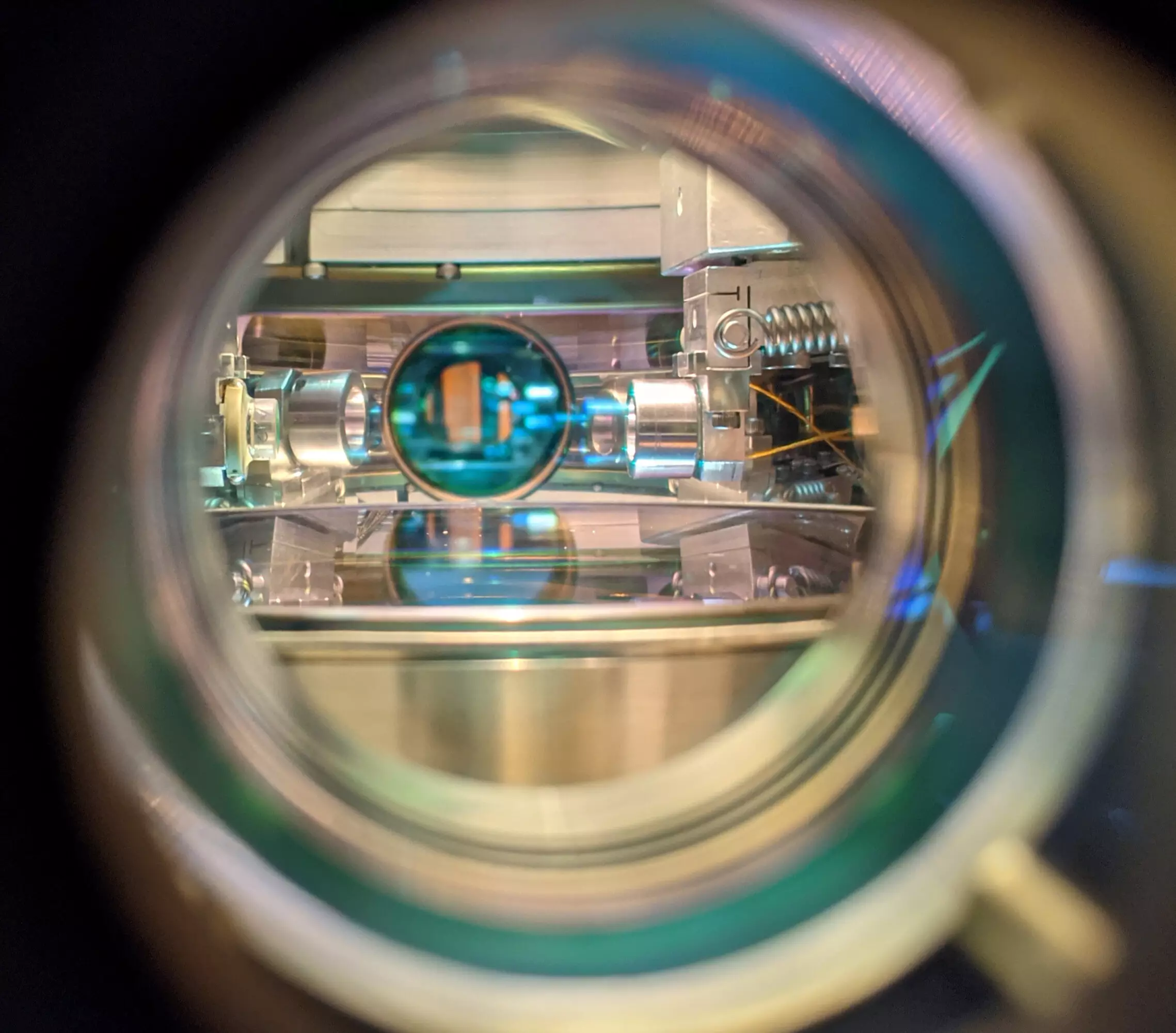In recent physics studies, graph states have captured the attention of researchers due to their unique properties that could significantly advance quantum computing and other quantum technologies. These entangled quantum states, represented by graphs, offer a promising platform for encoding and processing quantum information.
Creating graph states for arbitrary graphs is a complex task that requires precise control over the interactions that induce entanglement between qubits or other quantum systems. Researchers at Stanford University and the SLAC National Accelerator Laboratory have made significant progress in this area by demonstrating the generation of continuous-variable graph states of atomic spin ensembles. This breakthrough opens new avenues for leveraging graph states in quantum computing and metrology systems.
For quantum computing and quantum-enhanced measurement tools to be effective in real-world applications, they need to be scalable and programmable. This means they should be capable of maintaining entanglement between multiple quantum nodes and enabling researchers to manipulate correlations within the system. The recent study by Monika Schleier-Smith and her team focused on developing a scalable and programmable method for entangling atoms using laser technology.
The researchers utilized optical tweezers and an optical resonator to entangle atoms and create a four-mode square graph state. By positioning four clouds of atoms between mirrors within the resonator, they established a framework for efficient entanglement engineering. This method offers a scalable and practical solution for programming entanglement in quantum nodes and generating graph states.
Contrary to conventional wisdom, the researchers discovered that it is possible to prepare a broad class of entangled states using global interactions combined with local control over individual nodes. This approach simplifies the complexity of achieving specific quantum correlations, much like broadcasting a message to everyone in a social network. By leveraging global and local interactions, the researchers were able to create intricate graph states with minimal control requirements.
The advancements made by Schleier-Smith and her research group pave the way for utilizing graph states in various quantum applications, such as quantum error correction and quantum-enhanced sensing. The ability to engineer entangled graph states opens up possibilities for optimizing quantum states for specific tasks, such as pattern recognition in magnetic or optical fields. In the long run, this method could extend to arrays of individually trapped atoms serving as qubits for quantum computation.
The development of scalable and programmable methods for generating graph states is a critical step towards harnessing the full potential of quantum technologies. The ability to create and manipulate entangled quantum states opens up new avenues for quantum computing, metrology, and other quantum applications. With continued research and innovation in this field, graph states could revolutionize the way we process and utilize quantum information in the future.


Leave a Reply